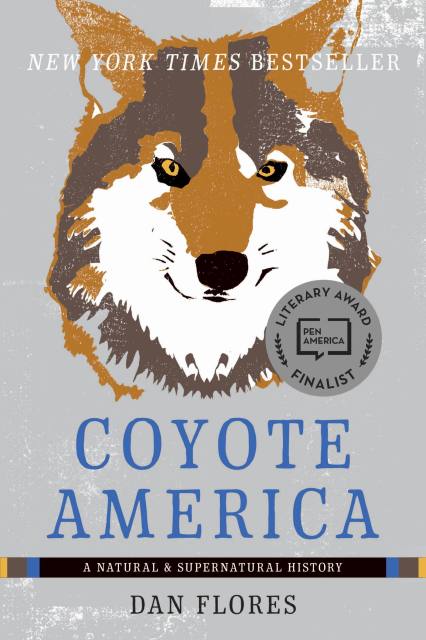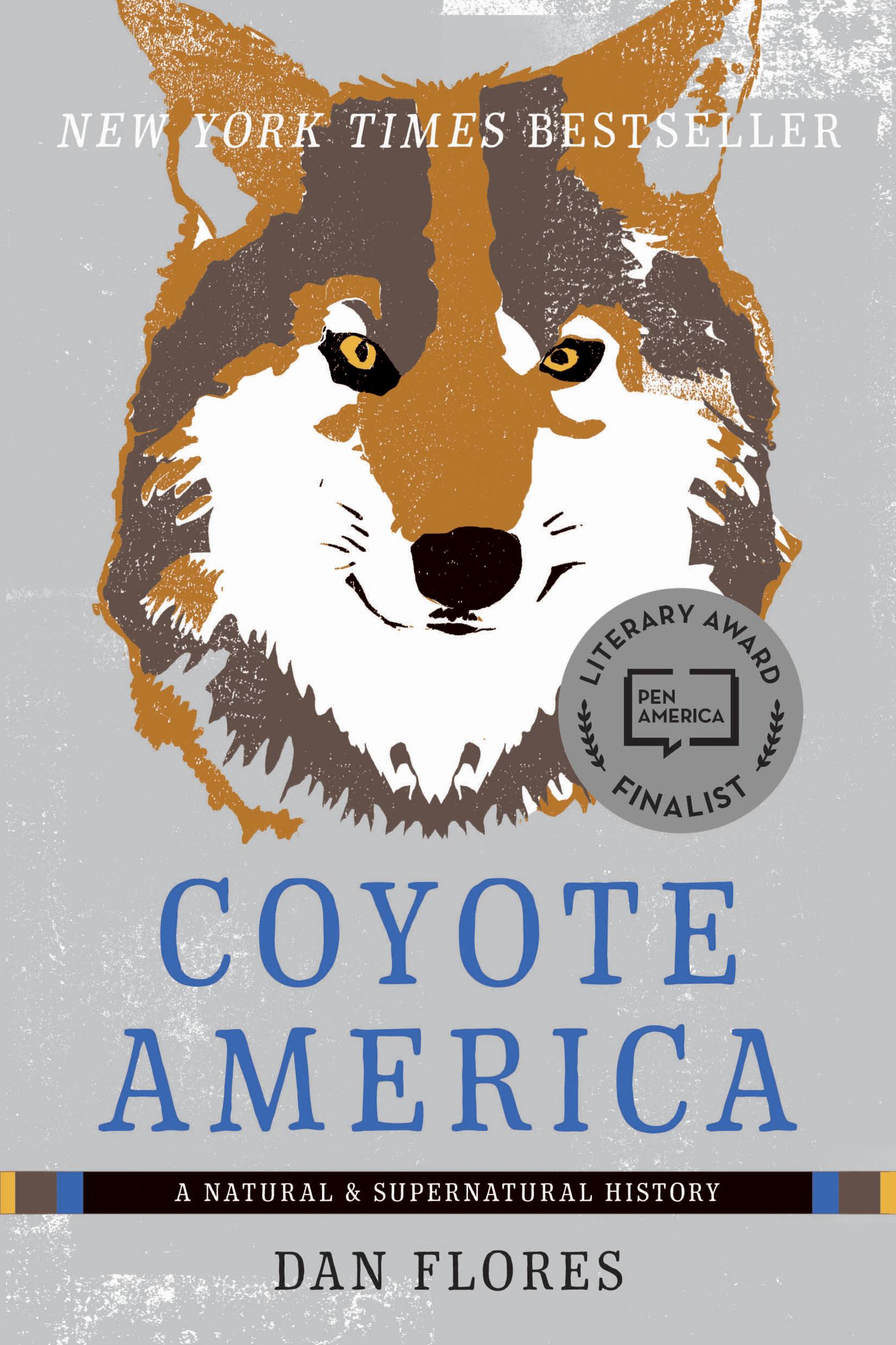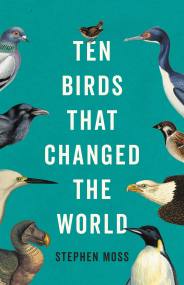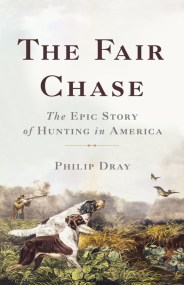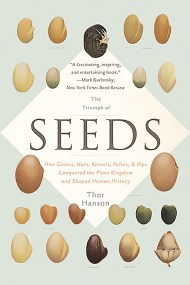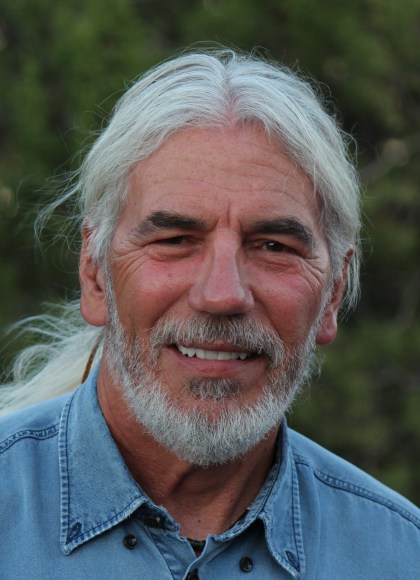Promotion
Use code MOM24 for 20% off site wide + free shipping over $45
Coyote America
A Natural and Supernatural History
Contributors
By Dan Flores
Formats and Prices
Price
$12.99Price
$15.99 CADFormat
Format:
- ebook $12.99 $15.99 CAD
- Trade Paperback $19.99 $25.99 CAD
This item is a preorder. Your payment method will be charged immediately, and the product is expected to ship on or around June 7, 2016. This date is subject to change due to shipping delays beyond our control.
Also available from:
Finalist for the PEN/E.O. Wilson Literary Science Writing Award
"A masterly synthesis of scientific research and personal observation." –Wall Street Journal
Legends don't come close to capturing the incredible story of the coyote. In the face of centuries of campaigns of annihilation employing gases, helicopters, and engineered epidemics, coyotes didn't just survive, they thrived, expanding across the continent from Alaska to New York. In the war between humans and coyotes, coyotes have won, hands-down. Coyote America is the illuminating five-million-year biography of this extraordinary animal, from its origins to its apotheosis. It is one of the great epics of our time.
Genre:
-
Finalist for thePEN/E.O. Wilson Literary Science Writing Award
Winner of the Sigurd F. Olson Nature Writing Award -
“A must read for all Americans, whether you are a farmer or rancher, a suburban or city folk.”Mother Earth News
-
"Captivating. Dan Flores looks at a creature whose howl sent shivers down the spines of generations of farmers and ranchers. They responded by waging war on an animal that not only refused to disappear, but began showing up in places like Central Park. The coyote turns out to be the Road Runner in disguise, and is having the last laugh after all. A masterly synthesis of scientific research and personal observation."Wall Street Journal
-
"[An] engaging study."New Yorker
-
"[An] absorbing book.... The coyote stories in this book are among the best, and Flores is a master storyteller."Natural History
-
“Fascinating… essential literature in university courses on environmental studies, wildlife management, and general ecology and public policy. This book will appeal to ecologists as well as to a general audience seeking to better understand how modern humans have treated coyotes and build a new paradigm for a reformed and more holistic vision of how to manage coyotes with respect and compassion… A copy of Coyote America should be given to all legislators to help in making informed and more cost-efficient and humane wildlife policies.”Ecology
-
“A must-read book if you are interested in knowing more about this persecuted critter, revered by Native Americans long before the settlers arrived.”Virginian Pilot
-
"Compassionate and captivating."Christian Science Monitor
-
“[A] fascinating scientific and cultural history.... Deft prose and wide-ranging research do their part to carry Flores through the grimmer chapters of his narrative.... Whatever the coyote may still be wanting, that list no longer includes a book to do it justice.”New Mexico Magazine
-
“It is often impossible to separate how animals behave ‘wild’ from how they behave around humans. Coyotes are a startling example.... Historian Dan Flores has fun describing how coyotes make a mockery of our attempts to put nature in order: ‘It turns out, the coyote really is The Dude, and The Dude absolutely abides.’”New Scientist
-
“Historian Flores has written about the American West for decades, so it’s no surprise his gaze should turn to the region’s scrappy mascot. Over the past 500 years, the original desert-dweller has expanded its territory as far north as Alaska, south into the tropics and deep into many cities. That ubiquity has created a host of problems for both the animal and its neighbors, human and otherwise. Flores captures all sides of the situation in this detailed portrait of an American icon.”Discover
-
“Wide-ranging, engaging, informative… Flores is both a fine scholar and a most engaging writer. He argues most persuasively that we need to learn to live with coyote and the other beings with which we share this earth.”National Parks Traveler
-
"A beautifully readable and meticulously researched book."Forbes.com
-
“The coyote should have been TIME Magazine’s Person of the Year. This deeply engrossing study is part scientific, part mythological, and part personal observation. It is fully fascinating.”Lit Hub
-
“In a straightforward style, the author unpacks the myths and urban legends surrounding the coyote and conveys his admiration and respect for this incredibly intelligent predator.... Highly recommended for natural history enthusiasts interested in moving beyond the conventional wisdom about coyotes to gain a deeper understanding of their presence in our midst.”Library Journal
-
“Flores’s mix of edification and entertainment is a welcome antidote to a creature so often viewed with fear.”Pulishers Weekly
-
"A spirited blend of history, anthropology, folklore, and biology that is capable of surprises.... Well written throughout and just the right length, Flores’ book makes a welcome primer for living in a land in which coyotes roam freely – in, that is to say, the Coyote America of his title.”Kirkus
-
“As I was reading Coyote America by Dan Flores, a coyote walked through our backyard. Magic occurs in these pages.”Terry Tempest Williams, author of the New York Times best-selling The Hour of Land, Refuge, When Women Were Birds, and Erosion
-
“Dan Flores’s Coyote America is an utterly fascinating look at the life and range of Canis latrans. It brilliantly blends environmental history with old-fashioned storytelling. Flores is a master of the American West and a personal hero. A must read!”Douglas Brinkley, Professor of History at Rice University and author of the New York Times bestseller, American Moonshot, and The Wilderness Warrior
-
“A biologist once told me, ‘When the last man dies, a coyote will be howling over his grave.’ This splendid book makes it clear why that’s true, and why the persistent, enduring wildness of this remarkable neighbor should give us great delight.”Bill McKibben, New York Times bestselling author of Wandering Home, Eaarth, The End of Nature, and Deep Economy
-
“In this brilliant book, Flores traces the wane and wax of the coyote. Their story is interwoven with our story, but it is also like our story, that of a species that has faced challenges and overcome them. Read this book if you want to understand the wild canids among us and also, perhaps, a little bit more about yourself.”Rob Dunn, author of Never Home Alone and A Natural History of the Future
-
“With a deft blend of science and history, Dan Flores shows us the coyote as trickster, survivor, and, ultimately, a reflection of ourselves. Coyote America paints a vivid and long overdue portrait of an iconic animal. It’s a terrific book.”Thor Hanson, author of Hurricane Lizards and Plastic Squid, Buzz, The Triumph of Seeds, Feathers, and The Impenetrable Forest
-
“Think of Coyote America as a biography of our continent’s most enigmatic and successful predator, but don’t stop there. It is also a meditation, eloquent and insightful, on our relationship to wildlife, to nature, and even to our national culture. When you’ve read it, you won’t sing the book’s praises, you’ll howl them.” —William deBuys, author of The Last Unicorn and A Great Aridness
-
“A wily writer meets his natural subject. With erudition, pathos, and seductive humor, Dan Flores tells coyote stories that expose the animalism of Americans, and humans everywhere. The pleasure of his book is the cross-species love of being alive.”Jared Farmer, author of Trees in Paradise: A California History
- On Sale
- Jun 7, 2016
- Page Count
- 288 pages
- Publisher
- Basic Books
- ISBN-13
- 9780465098538
Newsletter Signup
By clicking ‘Sign Up,’ I acknowledge that I have read and agree to Hachette Book Group’s Privacy Policy and Terms of Use
